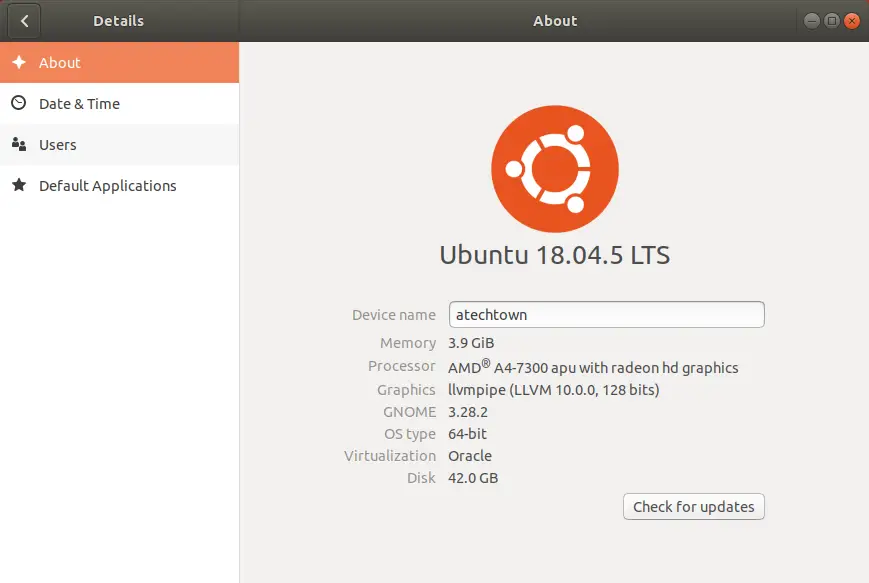What is Ubuntu version am I using? Is it 18.04 or 20.04? Is it the Standard or LTS version? How to find it out?
Let’s try to answer all these questions in this article.
Ubuntu release cycle
Ubuntu is free, open-source and one of the most popular Linux Distribution. It helped many windows users transition to the Linux operating system with ease. Canonical is the company behind this distro.
Canonical releases Ubuntu standard version after 6 months which is supported for 9 months. Long term support (LTS) version is released after 2 years and supported by 5 years. The release happens in the month of Apr. The current LTS version in Ubuntu 20.04 Focal Fossa and is supported till 2025.
Many organizations are still using Ubuntu 16.04, 18.04 for server and client applications. So, it is important to know the version of Ubuntu whenever new applications or patches are released. This is necessary to avoid any compatibility issues.
Find Ubuntu Version
There are multiple ways to check the version in Ubuntu. Either use the command lsb_release or check /etc/issue, /etc/os-release files. You can even check the Ubuntu version from the Graphical interface.
We are going to cover each method here.
1. Use the lsb_release command to get Ubuntu Version
lsb_release is the command available in Ubuntu which helps to get information about Ubuntu Version. Open the terminal and run the below command to find out the Ubuntu version along with release information.
lsb_release -a
Here, -a option stands for all.
You should get the below output for 20.04.
No LSB modules are available. Distributor ID: Ubuntu Description: Ubuntu 20.04.1 LTS Release: 20.04 Codename: focal
For 18.04,
No LSB modules are available. Distributor ID: Ubuntu Description: Ubuntu 18.04.5 LTS Release: 18.04 Codename: bionic
The command shows Distributor ID, Description, Release, and Codename. The description section shows the Ubuntu version with release information.
lsb_release utility supports different options to check specific details.
a) -i option to get Distributor ID
lsb_release -i Distributor ID: Ubuntu
b) -d option to get Description which show release information as well
lsb_release -d Description: Ubuntu 20.04.1 LTS
c) -r option to get release information( 20.04, 18.04, 16,04).
lsb_release -r Release: 20.04
d) -c option to get Codename ( Focal, Bionic)
lsb_release -c Codename: focal
2. Check /etc/issue and /etc/os-release to know Ubuntu Version
/etc/issue files and /etc/os-release also store similar kind of information. Open the terminal and run the cat command on these files to know the version and release information.
cat /etc/issue Ubuntu 18.04.5 LTS \n \l
cat /etc/os-release NAME="Ubuntu" VERSION="18.04.5 LTS (Bionic Beaver)" ID=ubuntu ID_LIKE=debian PRETTY_NAME="Ubuntu 18.04.5 LTS" VERSION_ID="18.04" HOME_URL="https://www.ubuntu.com/" SUPPORT_URL="https://help.ubuntu.com/" BUG_REPORT_URL="https://bugs.launchpad.net/ubuntu/" PRIVACY_POLICY_URL="https://www.ubuntu.com/legal/terms-and-policies/privacy-policy" VERSION_CODENAME=bionic UBUNTU_CODENAME=bionic
3. Use graphical method to know Ubuntu Version
Go to Activities –> Settings and select the Details menu. You will find version and release information in About section as shown in the below image.
This also shows processor, GNOME Version, Processor, OS Type, etc.

Summary
All the methods explained above are easy. I personally prefer using the lsb_release command to find information about the Ubuntu version and release.
I hope you found this article useful. Please share and subscribe.